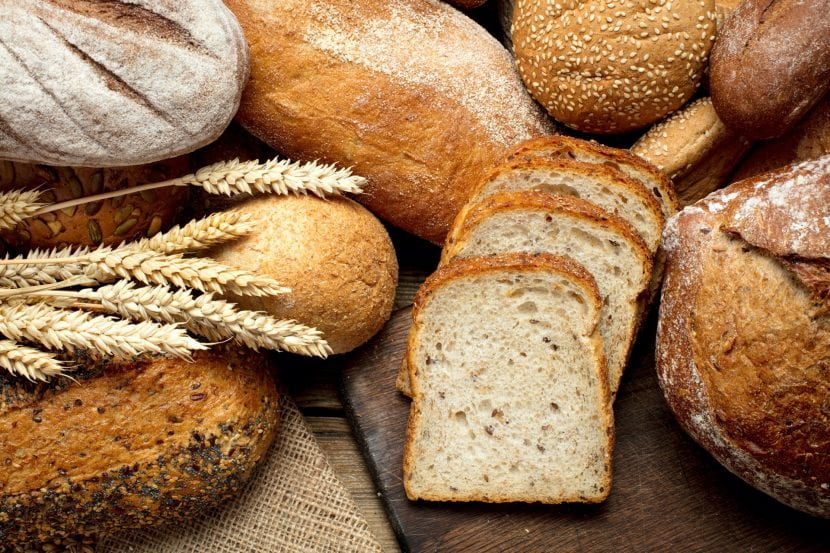Bread is a staple in the American diet. It is consumed for breakfast, lunch, dinner and even for dessert. It can be found in a loaf, stick, roll, and many other forms enjoyed by children and adults alike.
Whole wheat bread is often seen as a healthier option than white bread. As a shopper, it can be confusing to understand the difference between the two types of bread. In this post, we will discuss how whole wheat and white bread differ and why these differences make whole wheat bread a better option.
Processing:
The first major difference between wheat bread and white bread is the amount of processing. There are three major parts of a wheat grain: the bran, germ, and endosperm. Whole wheat bread contains all three parts while during the processing of white bread, the bran and germ are removed.

Taken from: Harvard TH Chan School of Public Health
Nutritional Differences:
Below is the comparison between whole wheat bread and white bread of the same brand.

The refinement process of white bread reduces the quantity of many nutrients including fiber, protein, vitamin E, vitamin B6, potassium, and magnesium. Some of these important nutrients are added back in enriched flour but many are not restored.
Making the Choice at the Grocery Store:
Whole wheat bread is a more nutritious choice. It can be a simple change that can help you and your family eat a healthier diet. An easy way to identify breads high in 100% whole grain is to look for the word “whole” on the package and make sure whole grain is listed first in the ingredient list. You can also refer to our post for more information on common types of unprocessed whole grains.
Questions on whole wheat versus white bread? Comment below!

